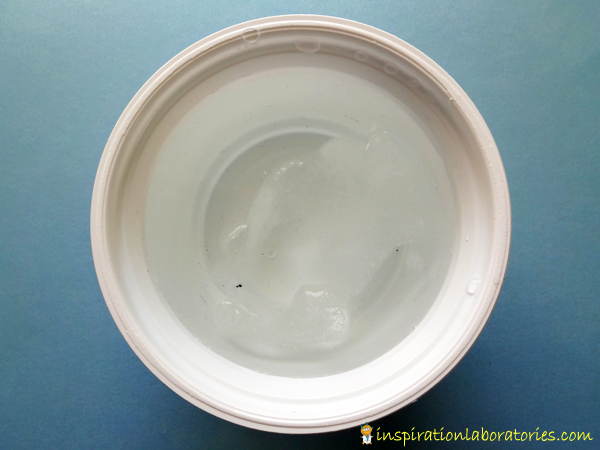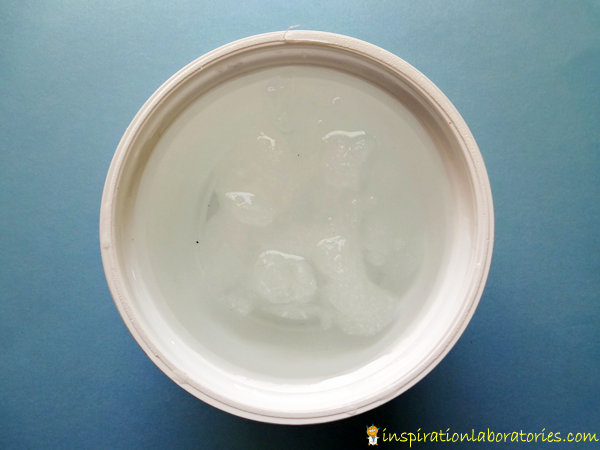Snow and Water Science Experiment
Do you have snow? We have had a lot so far this season. It has inspired lots of play and experiments. Today’s snow and water experiment was designed by Aiden {age 4}. Don’t have snow? Make your own snow.
Snow and Water Science Experiment
Aiden posed the question: What will happen if we add water to the snow? Will it melt? I helped him set up an experiment to find out. I asked him if he wanted to test different temperatures of water or just one. He said he wanted 3 temperatures. We used cold water, room temperature water, and hot water.
Here’s what you’ll need to repeat our experiment:
- snow {or crushed ice} – we used 1 cup for each water temperature
- 3 containers to hold the snow – we used small bowls
- 3 containers to hold the water – we used measuring cups with a pour spout
- thermometer
- room temperature water – use a thermometer to get tap water from the faucet the correct temperature.
- cold water – turn your faucet to the coldest setting. Add ice to the cold water to help keep it cold. Our water was 34°F.
- hot water – turn your faucet to the hottest setting {which shouldn’t be higher than 120°F – if it is, you should adjust your hot water heater’s temperature for safety}. Our water was 115°F.

Procedure:
Add snow to 3 empty containers. Pour a little hot water over the snow in one container. Pour a little room temperature water over the snow in a second container. Pour a little cold water over the snow in the third container. Compare what has happened to the snow in each of the containers.

Add more water to each of the containers of snow filling each of the containers to the same height. Observe what has happened to the snow in each container.
We observed the snow melting completely under the hot water.

The snow mostly melted under then room temperature water.

The snow melted the least under the cold water.

This experiment is a great way to practice different science skills: asking questions, making observations, investigating/experimenting, and even measuring.
You could also take the opportunity in this activity to talk about the phases or states of water – solid, liquid, and gas. In this case, snow and ice are the solid forms and water is the liquid form. Boil some water in a tea pot and watch the steam rise as the tea pot whistles. The steam is the gaseous form of water.
Be sure to check out the rest of our snow science ideas.
Did you know Inspiration Laboratories has a newsletter? Sign up and receive weekly science explorations, activity ideas, and more.


Leave a Reply